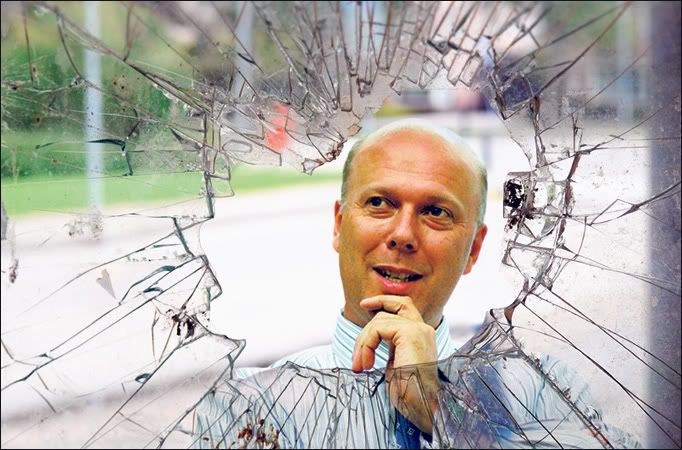Sometime ago, I defended President Benigno Simeon C. Aquino III’s State of the Nation Address (SONA). While some pundits, which included respected economist Winnie Monsod, criticized President Aquino’s SONA for failing to specify solutions for the problems he identified in his speech, I suggested that perhaps these pundits should consider the SONA in the proper context. More importantly, I opined that the well-meaning critics of the nascent Aquino administration should realize that the message implicit in President Aquino’s SONA was radically different from that of previous administrations. President Aquino wasn’t trying to set the agenda for his administration. He was issuing an invitation: let’s work together.
In “Report Kay Boss”, the President again failed to impress many people with either the depth of his solutions for the country’s ills or his ability to communicate competence and reassurance through his rhetoric. However, as in the SONA, it became clearer that the Aquino administration would like to be defined less by what it says, but more by who the President is.
In the open forum that followed his speech, a teacher named Jesusa Antiquera asked a question. As she struggled to lift herself up to the chair set aside for such an occasion, a bemused President Aquino beckoned a soldier to help him seat the teacher. “We can do this,” the President said, eyes sparkling. And together, that was just what they did.
It is easy to romanticize such small spontaneous acts of kindness. And so, I refuse to do so. However, I would like to note that President Aquino seems to be remarkably consistent in making sure that his littlest gestures represent both the promise and the character of his administration.
In the late 1980s, New York City was a horrible place to live in. The streets were unsafe, and the authorities were at a loss as to how they could combat the rampant criminality. Social scientists James Q. Wilson and George L. Kelling suggested that the key to addressing the widespread problem of crime was by focusing on small, concrete measures such as fixing broken windows. They pointed out that if a broken window were left unrepaired, people in the neighborhood would conclude that no one cares and, more importantly, no one is in charge. Broken windows, these scientists insisted, are invitations for more serious crimes. When then-Mayor Rudolph Giuliani embraced this mindset, New York City embarked on a massive campaign to address minor quality-of-life crimes. The result was astonishing: in only two years, rampant criminality was arrested. New York City was a safe place to live in again.
The key to President Aquino’s effectiveness as our chief executive lies in his fidelity to his campaign promise, and his willingness to embody it. “Kung walang corrupt, walang mahirap.” A President who achieves some sort of infamy for enjoying a New York City hotdog, or for refusing to use sirens to navigate Metro Manila traffic isn’t some hick who misses the point. He’s just fixing broken windows.
“We can do this!”
Photo Credits:
Picture comes courtesy of The Sun.


0 comments:
Post a Comment